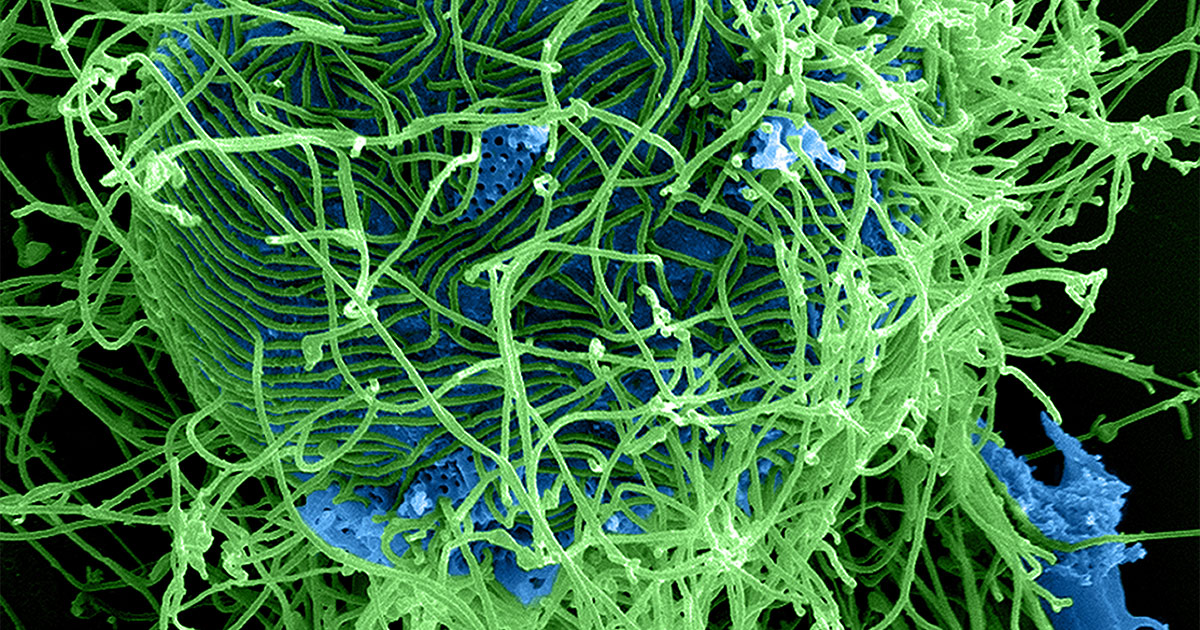Mutant Newts Can Regenerate Previously Defective Limbs

Many salamanders have the remarkable ability to regrow their own limbs and tails after an injury. How are they able to do this, while more complex mammals, such as humans, cannot?
"Certain animals like zebrafish and salamanders are able to regenerate body parts, but higher up on the evolutionary tree of life, regeneration happens much more rarely," says Marianne Bronner, the Edward B. Lewis Professor of Biology and director of the Beckman Institute at Caltech. "Though we've seen that some human babies can actually regenerate the tips of their fingers, this ability does not persist through adulthood. We want to understand the molecular processes that underlie regeneration."
Usually, the only time an animal grows a limb is during embryonic development, which has led researchers to theorize that the processes guiding development and regeneration are similar. However, a new collaborative study by the Bronner Lab at Caltech and the laboratory of Ken-ichi T. Suzuki of the National Institute for Basic Biology in Japan shows that a particular molecule necessary for proper development is not needed for regeneration.
A paper describing the research appears in the journal Proceedings of the National Academy of Sciences on March 5.
Led by postdoctoral scholar Miyuki Suzuki, the new study uses the newt Pleurodeles waltl, an amphibian commonly known as the Iberian ribbed newt, to examine the molecule FGF10 (fibroblast growth factor 10). FGF10 is known to play a major role in guiding the cellular development of the animal's limbs during the embryonic stage.
As adults, Pleurodeles waltl have robust regenerative abilities. If a limb is severed, regardless of where along its length the cut is made, the animal will grow back the proper structures—bone, muscle, nerves, and so on—as if nothing had happened. This newt even has the ability to regenerate parts of its heart, making it a good candidate for studying how regenerative processes work.
In the new study, Miyuki Suzuki created a genetic line of newts that lacked FGF10. Without this molecule, these animals developed defective back legs that were often severely stunted with missing digits. However, when those back legs were amputated, the newts were able to grow back fully formed legs, suggesting that regeneration and development may be guided by different processes.
The paper is titled "Fgf10 mutant newts regenerate normal hindlimbs despite severe developmental defects." Miyuki Suzuki is the study's first author. In addition to Suzuki and Bronner, co-authors are Akinori Okumura, Akane Chihara, Yuki Shibata, Machiko Teramoto, Kiyokazu Agata, and Ken-ichi T. Suzuki of the National Institute for Basic Biology in Japan; and Tetsuya Endo of Aichi Gakuin University in Japan. Funding was provided by the Japan Science and Technology Agency, Japan Society for the Promotion of Science, Human Frontier Science Program Organization, and the National Institutes of Health. Marianne Bronner is an affiliated faculty member with the Tianqiao and Chrissy Chen Institute for Neuroscience at Caltech.
What's Your Reaction?
 Like
0
Like
0
 Dislike
0
Dislike
0
 Love
0
Love
0
 Funny
0
Funny
0
 Angry
0
Angry
0
 Sad
0
Sad
0
 Wow
0
Wow
0














